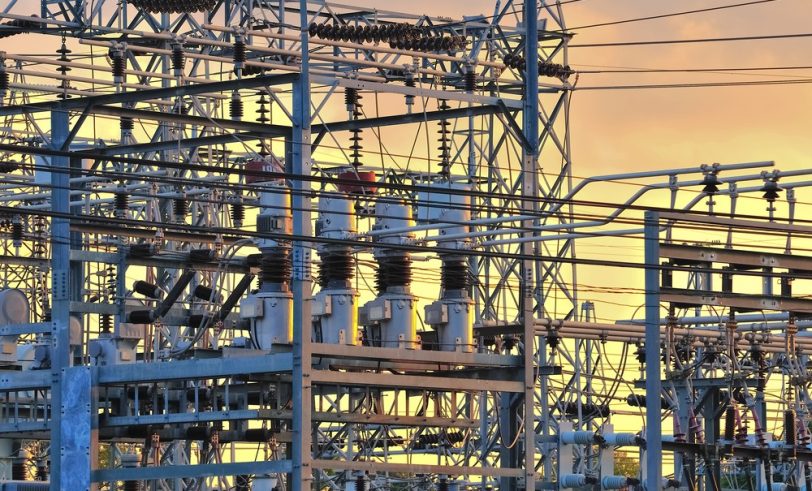A few weeks ago, the Missouri House passed House Bill (HB) 1753. The bill provides guidelines on shutting down electric power plants. Given that Ameren plans to shut down all coal plants in Missouri by 2045, this bill could ensure Missourians’ future energy needs are met.
HB 1753 mandates that prior to the closure of an existing power plant, there must be:
- A new “replacement” power plant secured and placed on the electric grid (which can be in another state) with an equal or greater amount of “reliable electric generation”
- “Adequate” transmission lines in place and ready to operate immediately or shortly after (depending on the interconnectedness of the plant being shut down).
What does “reliable electric generation mean?” This is calculated by taking the average of the summer and winter accredited capacity (the most a plant could produce in each peak season) of the plant being shut down and comparing it to the plant(s) replacing it. For example, let’s say a Solar Plant Alpha could produce a maximum of 600 MW in the summer, but only 200 megawatts (MW) in the winter. The amount of “reliable electric generation” would then be 400 MW. This is an improvement from using nameplate capacity, which is how much a plant could produce if it produced at full power 100% of the time.
HB 1753 also mandates that the new plants replacing a closing power plant must be also comprised of at least 80% dispatchable energy (dispatchable energy is from a source that is available for use on demand and can have its power output adjusted to market needs). The bill defines dispatchable as: natural gas, nuclear, hydroelectric, biomass, petroleum, geothermal, and coal.
While the 80% rule may sound like a strong protection ensuring that most of our energy is dispatchable, I am concerned that the provision isn’t strong enough.
Let’s say Missouri has coal plants that produce 800 MW of dispatchable energy and solar farms that produce 200 MW of intermittent, non-dispatchable energy, for a total capacity of 1,000 MW. In this scenario, dispatchable energy comprises 80% of total energy capacity.
If you shut down a 100 MW coal plant (which is dispatchable) and replace it with 80 MW of new natural gas (dispatchable) and 20 MW of new solar (non-dispatchable), the total capacity now would be 780 MW of dispatchable energy (800 – 100 + 80) and 220 MW of intermittent, non-dispatchable energy (200 + 20).
Then let’s say you shut down seven more 100 MW coal plants and replace them with seven new 80 MW natural gas plants and seven new 20 MW solar farms. Now after these closures, you would have 640 MW of dispatchable natural gas plants (780 – 700 + 560) and 360 MW of non-dispatchable solar farms (220 + 140). Now, in this new scenario, dispatchable energy comprises 64% of total energy capacity—a gradual erosion.
California, in which non-dispatchable energy makes up around 40% of its portfolio, has had significant issues with energy reliability. During particularly hot summers in recent years, Californians have been urged to ration energy usage:
Officials are urging Californians to run their air conditioning earlier in the day, when more power is available, and to turn up the thermostat starting at 4 p.m. They’re also asking people not to use large appliances, like washing machines, dishwashers and dryers, between 4 p.m. and 9 p.m., which are peak hours for electricity use.
HB 1753 is a step in the right direction and would help provide energy stability for Missourians, but it could be strengthened by changing the 80% dispatchable rule to a 100% rule. There are other concerns that are outside the scope of this bill—in particular, how to account for the growing energy demand in Missouri—but I will address that in a later post. For now, policymakers should consider tweaking HB 1753 to ensure energy reliability in Missouri.



